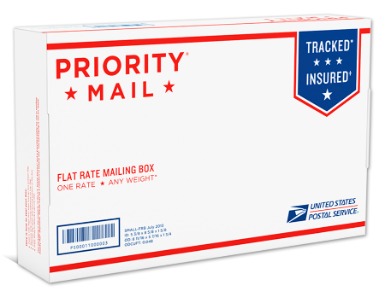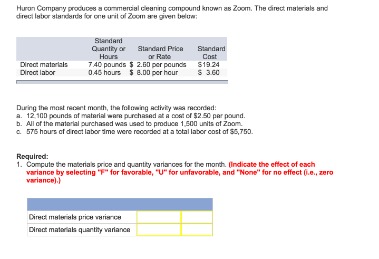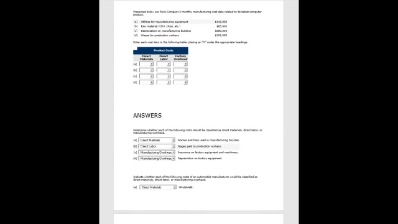Content

However, the company’s cash reserve is not impacted by the recording as depreciation is a non-cash item. Therefore, the cash balance would have been reduced at the time of the acquisition of the asset. The journal entry for depreciation can be a simple entry designed to accommodate all types of fixed assets, or it may be subdivided into separate entries for each type of fixed asset. The basic journal entry for depreciation is to debit the Depreciation Expense account and credit the Accumulated Depreciation account .

Only fixed assets have the unique characteristic of losing value over time. They lose value either from wear and tear from use, as in the case of a vehicle, or from becoming outdated as advances in technology renders them less useful, as in the case of computer equipment. BlackLine and our ecosystem of software and cloud partners work together to transform our joint customers’ finance and accounting processes. Together, we provide innovative solutions that help F&A teams achieve shorter close cycles and better controls, enabling them to drive better decision-making across the company. More than 4,000 companies of all sizes, across all industries, trust BlackLine to help them modernize their financial close, accounts receivable, and intercompany accounting processes.
AccountingTools
By entering depreciation into the books, businesses can accurately calculate their profits or losses. Depreciation journal entries are also useful for tracking tax breaks, such as Section 179 deductions or capital gains taxes. When used properly, journaling depreciation can help businesses save money and maximize their assets. The accumulated depreciation account represents the total amount of depreciation that the company has expensed over time. Each year when the accumulated depreciation journal entry is recorded, the accumulated depreciation account is increased.
What is depreciation and its journal entry?
Depreciation Journal Entry is the journal entry passed to record the reduction in the value of the fixed assets due to normal wear and tear, normal usage or technological changes, etc., where the depreciation account will be debited, and the respective fixed asset account will be credited.
The furniture’s salvage value is zero, and it is decided to provide depreciation @ 10% p.a. At the same time, it is a reduction in the value of the particular asset upon which depreciation has been charged. In other words, the decline in the value of the asset by way of depreciation results directly from its use in the process of generating revenue. Depreciation is the decrease in the value of assets due to use or normal wear and tear. Mary Girsch-Bock is the expert on accounting software and payroll software for The Ascent. Units of production depreciation will change monthly, since it’s based on machine or equipment usage.
Adjusting Entry for Depreciation Expense FAQs
It is an expense of the business; therefore, it is recorded on the debit side of the profit and loss account. This method is used only when calculating depreciation for equipment or machinery, the useful life of which journal entry for depreciation is based on production capacity rather than a number of years. Straight line depreciation is the easiest depreciation method to use. It keeps your depreciation expense the same for each year in the life of an asset.
What is an example of a depreciation transaction?
An example of Depreciation – If a delivery truck is purchased by a company with a cost of Rs. 100,000 and the expected usage of the truck are 5 years, the business might depreciate the asset under depreciation expense as Rs. 20,000 every year for a period of 5 years.
It allows companies to earn revenue from the assets they own by paying for them over a certain period of time. Mr. John purchases a piece of machinery for $3,900 and determines its salvage value to be $1,000. If the machinery’s useful life is three years, what will be the depreciation expense if Mr. John is recording depreciation monthly? The matching principle requires all revenue and related expenses to be recorded in the same accounting period when the transaction occurs, regardless of when money changes hands. A) Depreciation onfixed assetsis the loss of business, and every loss will be debited. Following are the journal entries of transactions and financial events relating to depreciation.
Debit and credit journal entry for depreciation expense on a vehicle
As assets like machines are used, they experience wear and tear and decline in value over their useful lives. Depreciation is recorded as an expense on the income statement. Depreciation is considered a non-cash charge because it doesn’t represent an actual cash outflow. The entire cash outlay might be paid initially when an asset is purchased, but the expense is recorded incrementally for financial reporting purposes.

Obotu has 2+years of professional experience in the business and finance sector. Her expertise lies in marketing, economics, finance, biology, and literature. She enjoys writing in these fields to educate and share her wealth of knowledge and experience. A business must determine the useful life of the asset, which will vary depending on the type of asset, or asset class. They include a variety of property and other forms of physical resources, such as buildings, equipment, machinery, tools, vehicles, computers, and furniture. BlackLine partners with top global Business Process Outsourcers and equips them with solutions to better serve their clients and achieve market-leading automation, efficiencies, and risk control.







